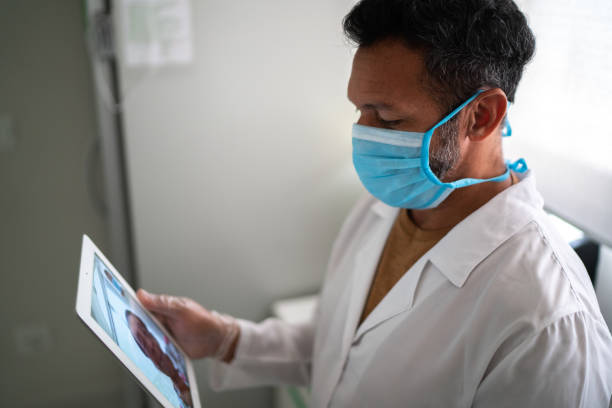Compliance in Chronic Care: Best Practices
In the dynamic landscape of healthcare, regulatory compliance is paramount for ensuring quality care delivery and patient safety, especially in chronic care management solutions. In this blog, we explore the best practices for navigating regulatory compliance to uphold standards and enhance patient outcomes.

The Importance of Regulatory Compliance
Regulatory compliance in chronic care management solutions ensures adherence to laws, guidelines, and standards set forth by governing bodies. Compliance safeguards patient confidentiality, promotes transparency, and upholds ethical standards in care delivery.
Ensuring Patient Safety and Quality of Care
Compliance with regulations is essential for maintaining patient safety and ensuring the delivery of high-quality care in chronic care management solutions. Adhering to regulatory requirements mitigates risks, prevents errors, and fosters trust between patients and healthcare providers.
Minimizing Legal and Financial Risks
Failure to comply with regulations can result in legal and financial repercussions for healthcare organizations offering chronic care management solutions. Non-compliance may lead to fines, penalties, litigation, and damage to reputation, underscoring the importance of robust compliance practices.
Best Practices for Regulatory Compliance
Navigating regulatory compliance in chronic care management solutions requires a proactive approach and adherence to best practices.
Comprehensive Compliance Programs
Developing and implementing comprehensive compliance programs is essential for ensuring adherence to regulatory requirements. These programs should encompass policies, procedures, training initiatives, and monitoring mechanisms to promote a culture of compliance within the organization.
Regular Audits and Assessments
Regular audits and assessments are vital for evaluating the effectiveness of compliance programs and identifying areas for improvement. Conducting internal audits and engaging external auditors can help healthcare organizations identify potential gaps in compliance and implement corrective measures proactively.
Staff Training and Education
Providing ongoing training and education to staff members is crucial for promoting awareness and understanding of regulatory requirements. Training programs should cover topics such as HIPAA regulations, documentation standards, and ethical guidelines to ensure that staff members are equipped to navigate compliance challenges effectively.
Collaboration and Communication
Effective collaboration and communication among healthcare providers, administrators, and regulatory experts are essential for maintaining compliance in chronic care management solutions. Establishing clear lines of communication, fostering interdisciplinary collaboration, and seeking input from regulatory experts can help address compliance issues proactively.
Continuous Monitoring and Improvement
Continuous monitoring and improvement are key components of effective compliance management. Healthcare organizations offering chronic care management solutions should regularly review and update their compliance programs in response to changing regulations, industry standards, and best practices.
Conclusion:
In conclusion, regulatory compliance is integral to the delivery of safe, high-quality chronic care management solutions. By implementing best practices such as comprehensive compliance programs, staff training, collaboration, and continuous monitoring, healthcare organizations can navigate regulatory requirements effectively and uphold standards of care. As the healthcare landscape evolves, the integration of patient monitoring solutions holds promise in further enhancing compliance and improving patient outcomes.



Comments
Post a Comment